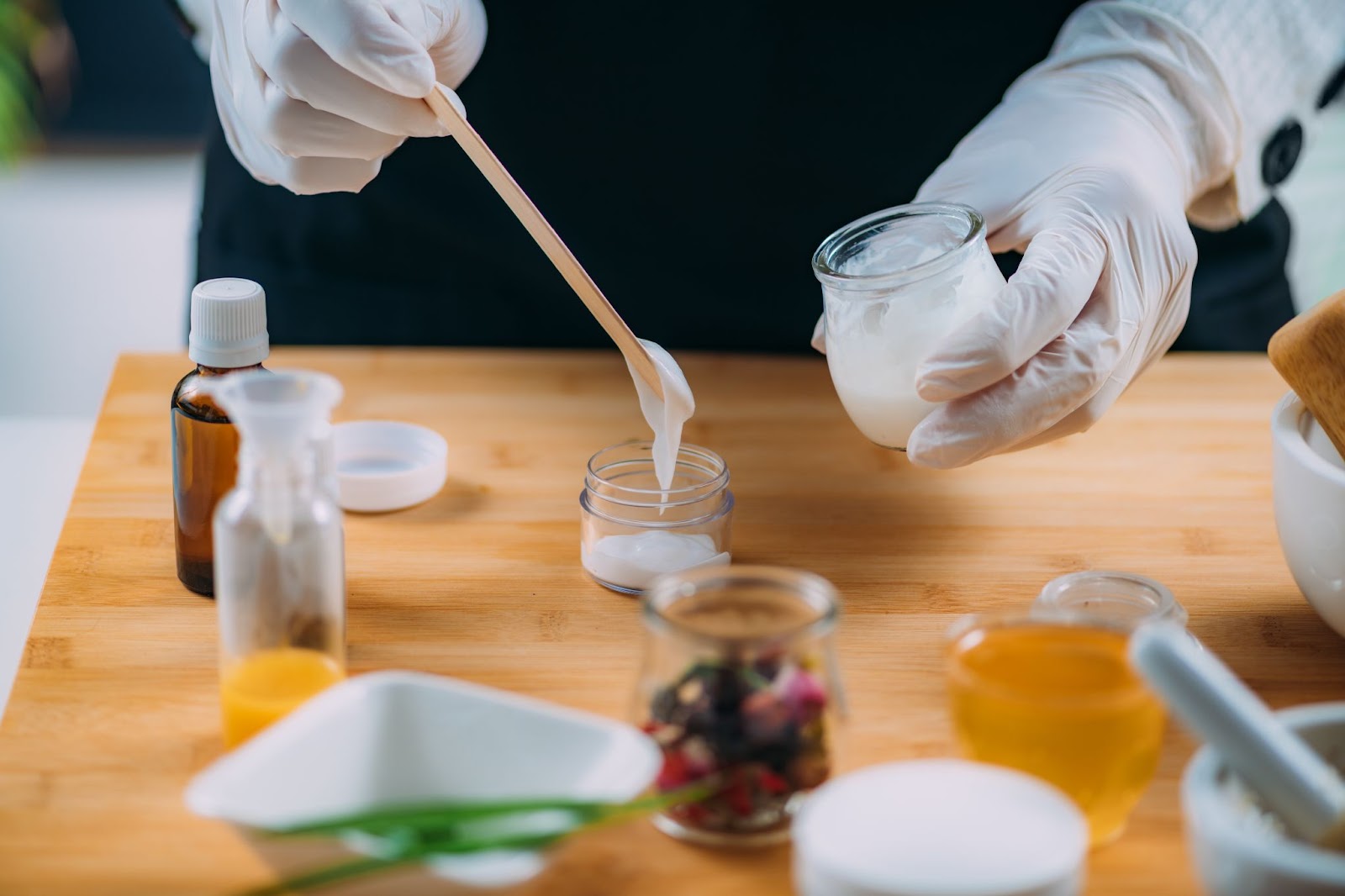At its core, product formulation is the meticulous science of determining precisely what goes into your product. From the precise blend of ingredients to the specific materials, components, and processes that create your finished good.
This foundational process establishes product quality, performance standards, and production costs, making product formulation arguably the most influential factor in manufacturing profitability.
We’ve written this brief guide for manufacturers seeking a competitive advantage to help better understand why this process is crucial.
READ ALSO: 5 Steps to ensure your procurement is loss-proof
Benefits of Product Formulation in Manufacturing

The careful decisions made during the product formulation phase affect the manufacturing lifecycle, influencing everything from raw material sourcing to customer satisfaction.
Having a standard product formulation framework can help in the following ways;
Product Formulation Ensures Consistency and Quality Control
The most successful manufacturers deliver consistent products that meet customer expectations every time. Proper product formulation serves as a blueprint for this consistency. Whether you’re producing cosmetics, processed foods, industrial adhesives, or construction materials, a precisely defined formulation ensures that each batch maintains the same properties, performance, and appearance as the last.
Product Formulation helps to optimise cost
Strategic formulation directly impacts your bottom line. Manufacturers can reduce waste by carefully selecting ingredients and proportions and eliminating unnecessary components.
Many successful manufacturers continually refine their formulations to balance cost considerations with performance standards, especially as raw material prices fluctuate in today’s dynamic marketplace.
Regulatory Compliance
Proper product formulation helps you stay aligned with regulatory standards, especially in heavily regulated pharmaceuticals, food production, and cosmetics industries. A well-designed formulation process includes documentation of all ingredients and their sources.
This helps to ensure the verifiability of all components and that they meet safety standards.
Product Formulation is the foundation for Innovation and Differentiation
In many cases, a product’s unique selling proposition often stems directly from its formulation. Whether it’s a cleaning product that works faster, a food item with better nutritional value, or a building material with superior durability, these advantages come from innovative formulation approaches.
The most successful brands frequently begin with a commitment to formulation excellence, viewing it as an opportunity for meaningful differentiation rather than merely a technical requirement.
READ ALSO: Enhancing Supply chain visibility in Africa
Creating a Product Formulation Framework

Creating your product formulation framework shouldn’t be a hassle. You simply need to follow the template below;
1. Define Clear Product Requirements
Before selecting materials, establish specific performance criteria:
- What functionality must your product deliver?
- What environmental conditions must it withstand?
- What cost constraints are you working within?
- What regulatory framework applies?
2. Research and Source Quality Ingredients
After defining the product requirements, the next step is to find credible sources for sourcing quality ingredients.
When evaluating options:
- Request detailed specifications from suppliers
- Consider sustainability and ethical sourcing
- Evaluate supply chain reliability and material consistency
- Compare cost-performance ratios among alternatives
Platforms like Matta provide real-time access to thousands of materials from verified suppliers worldwide.
3. Develop and Test Prototypes
The product formulation process thrives on iteration and continuous refinement. Each version builds upon previous learnings, with formulators methodically testing, analysing, and refining compositions until they achieve optimal performance.
To develop a product formula:
- Start with small-scale test batches
- Document every variable, including environmental conditions during testing
- Analyse failures as valuable learning opportunities
- Validate performance across all required use cases
4. Scale Gradually
One of the most common pitfalls for new manufacturers is assuming that what works in a laboratory setting will transfer directly to production scale.
Testing progressively larger batches and monitoring how equipment differences affect results is essential to avoid this pitfall. This also helps validate that quality remains consistent at scale.
READ ALSO: 5 Procurement myths holding back African manufacturers
5. Establish Detailed Documentation
The final step is to create comprehensive documentation for your final formulation. This is essential to meeting regulatory requirements and maintaining consistency even when personnel changes occur. It is also helpful when troubleshooting quality issues or when improvements are needed.
Successful Product Formulation Begins With Matta

The foundation of excellent product formulation begins with access to quality materials from reliable suppliers.
With Matta’s digital B2B marketplace, manufacturers get immediate access to thousands of verified suppliers and materials in one place.
We eliminate the lengthy sourcing process that often delays product development and provide access to top-quality Chemicals, raw materials, ingredients, and commodities.
By approaching formulation strategically and leveraging Matta’s comprehensive material marketplace, you can develop products that meet industry standards and outperform established competitors.
Don’t let sourcing challenges hold back your manufacturing success.
